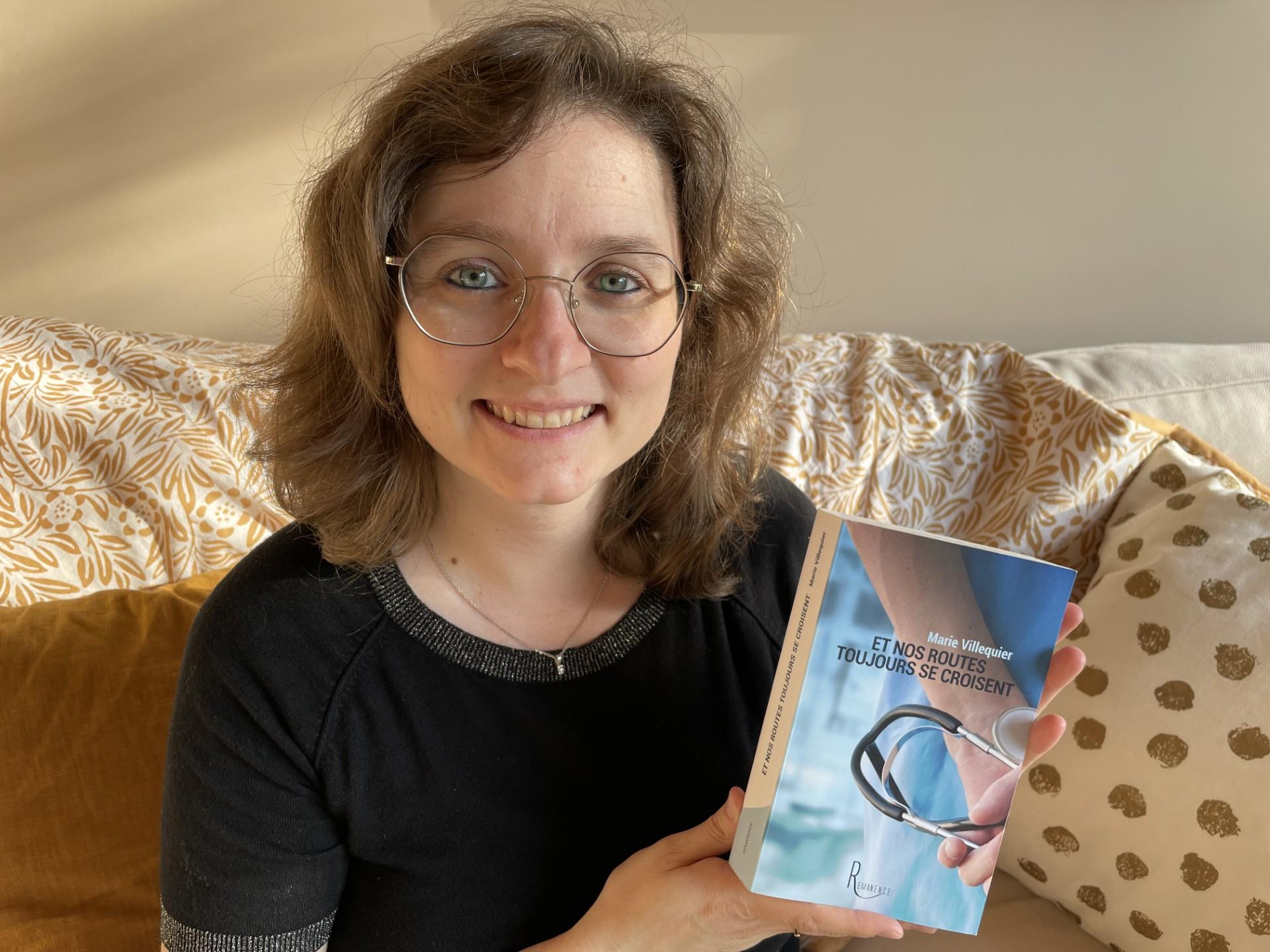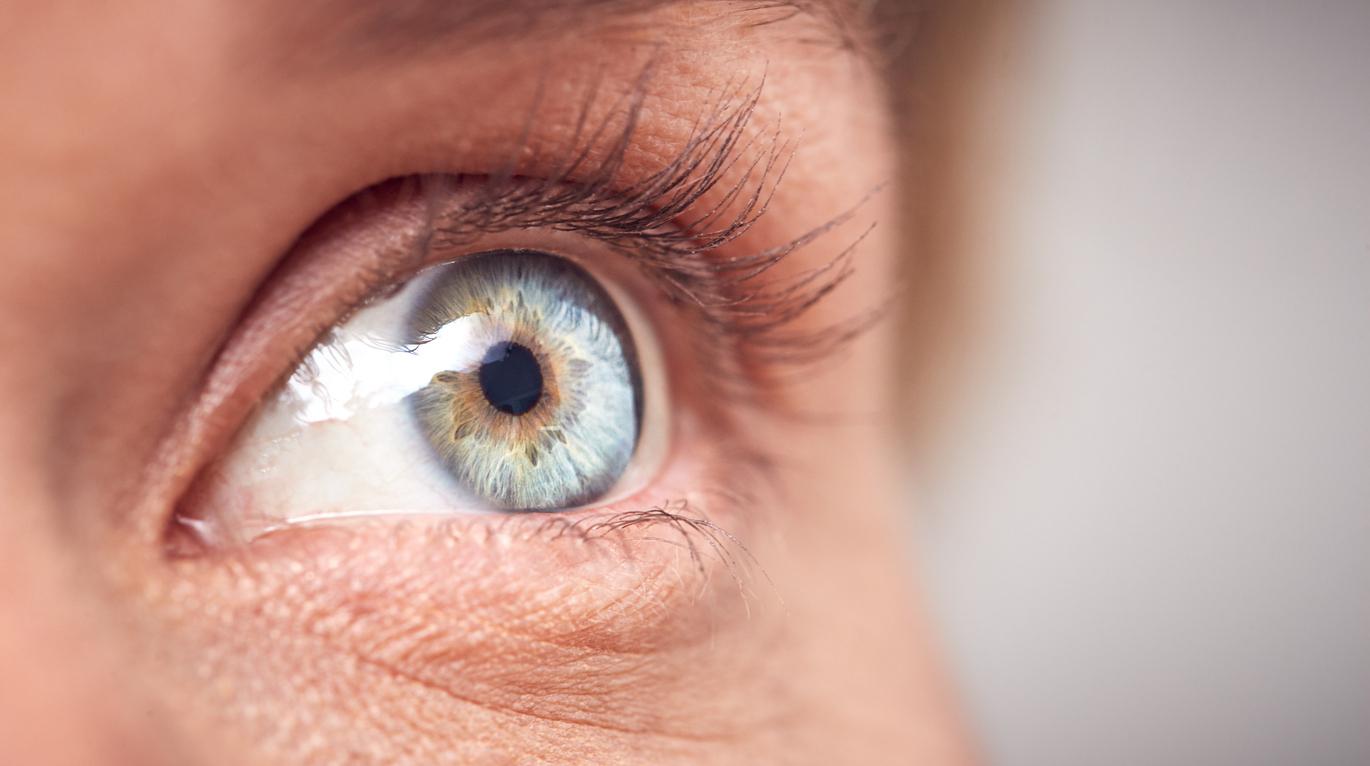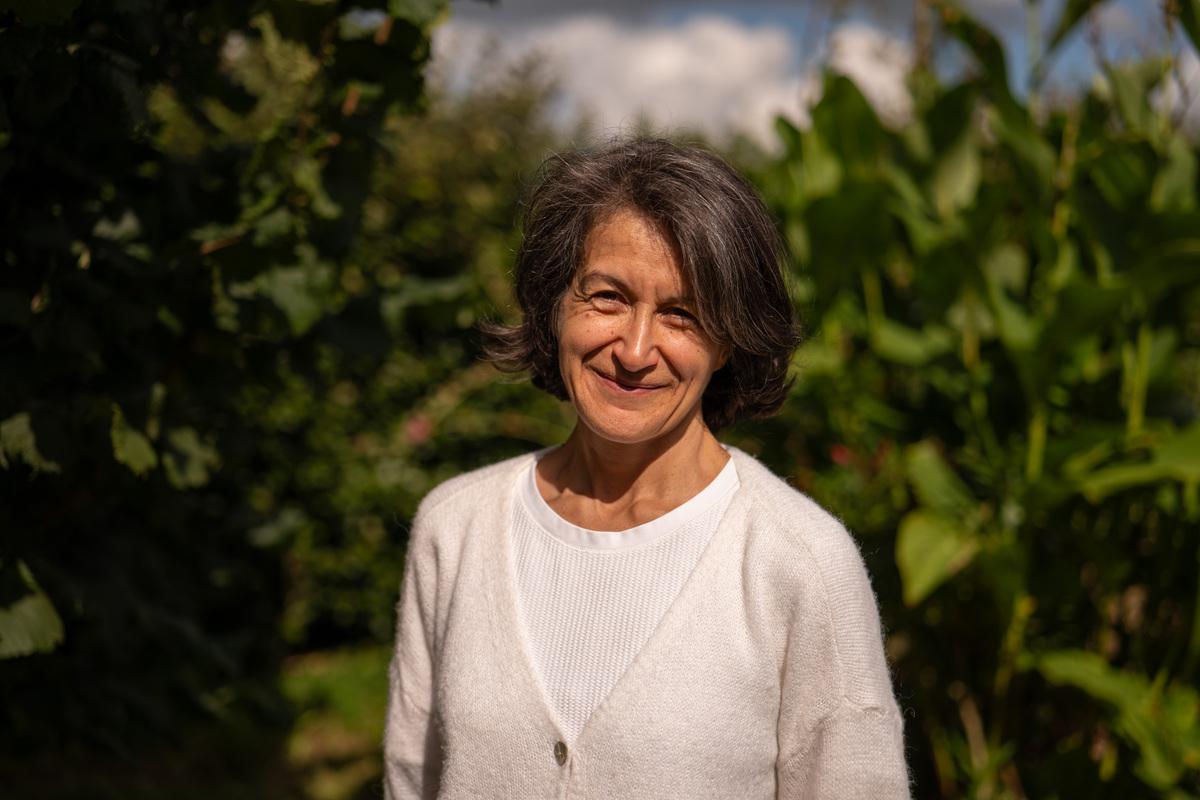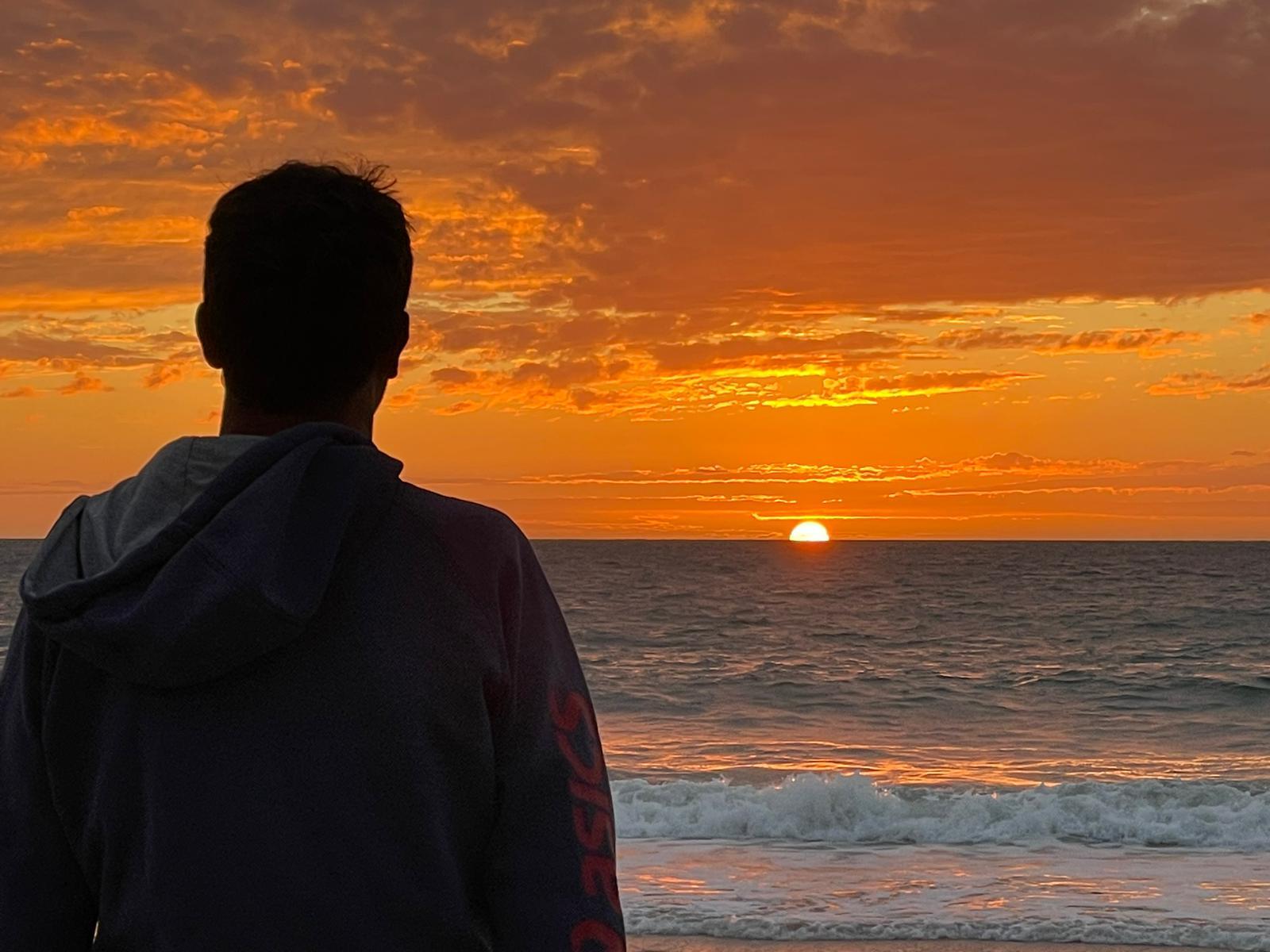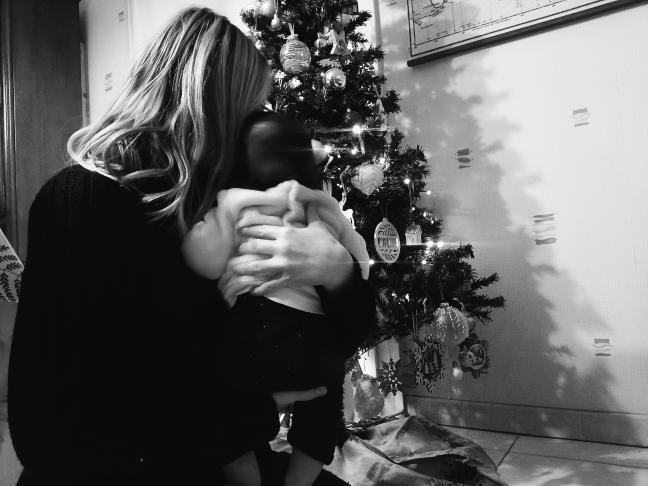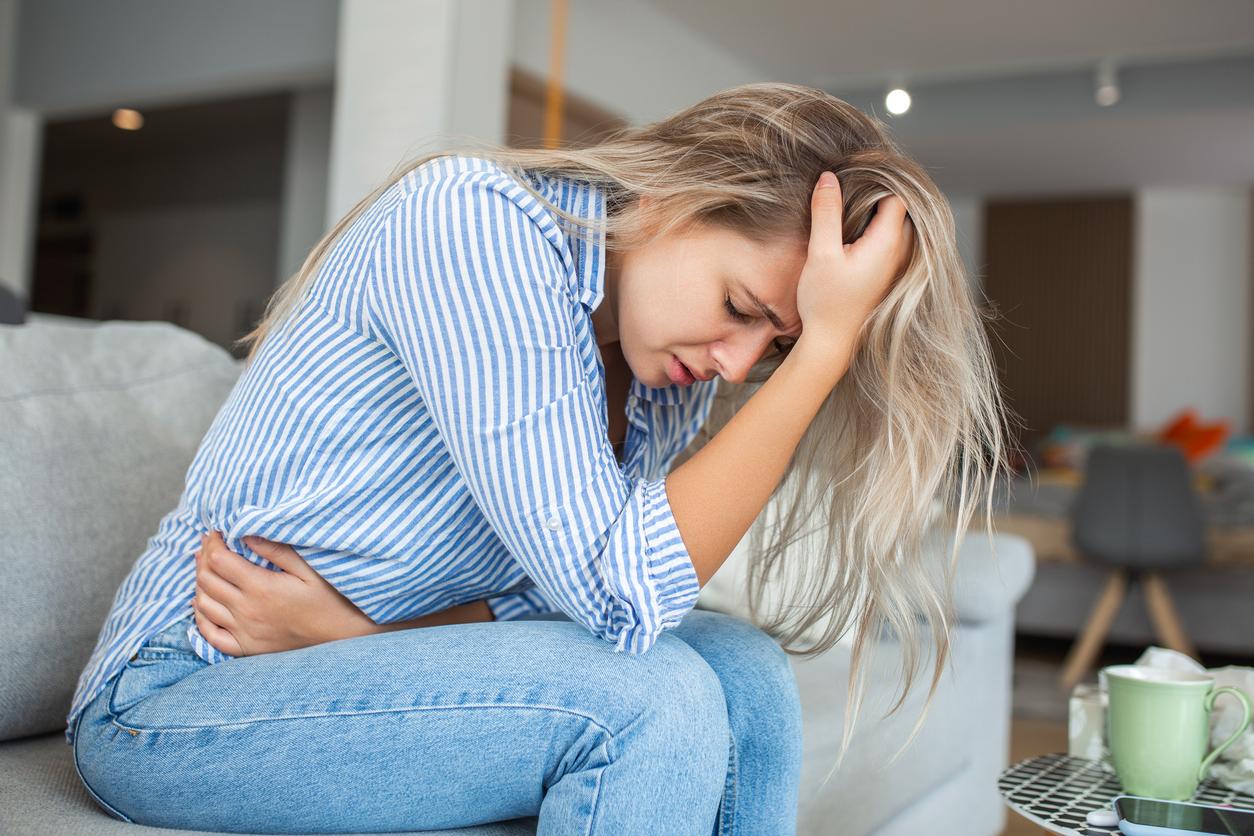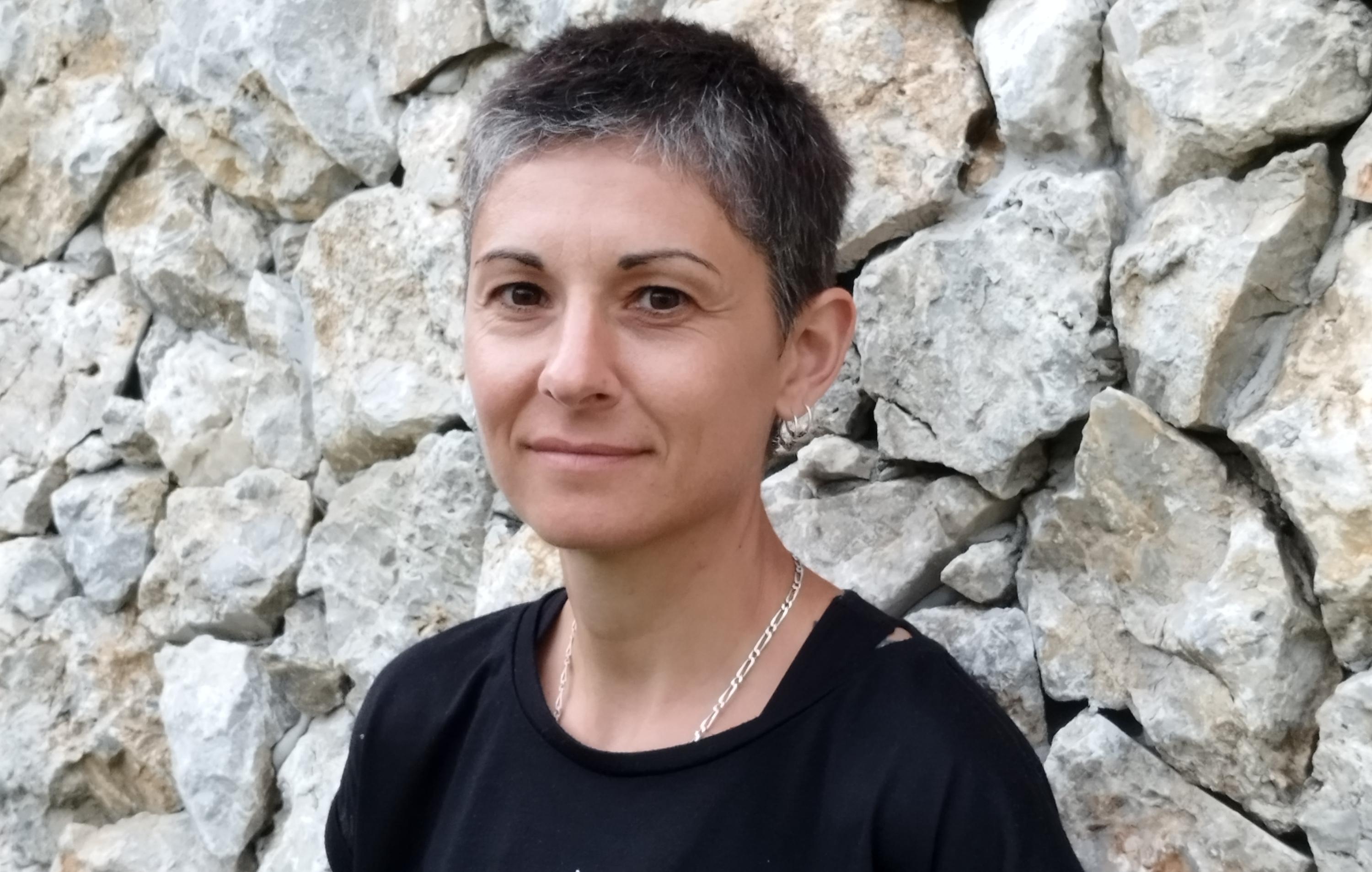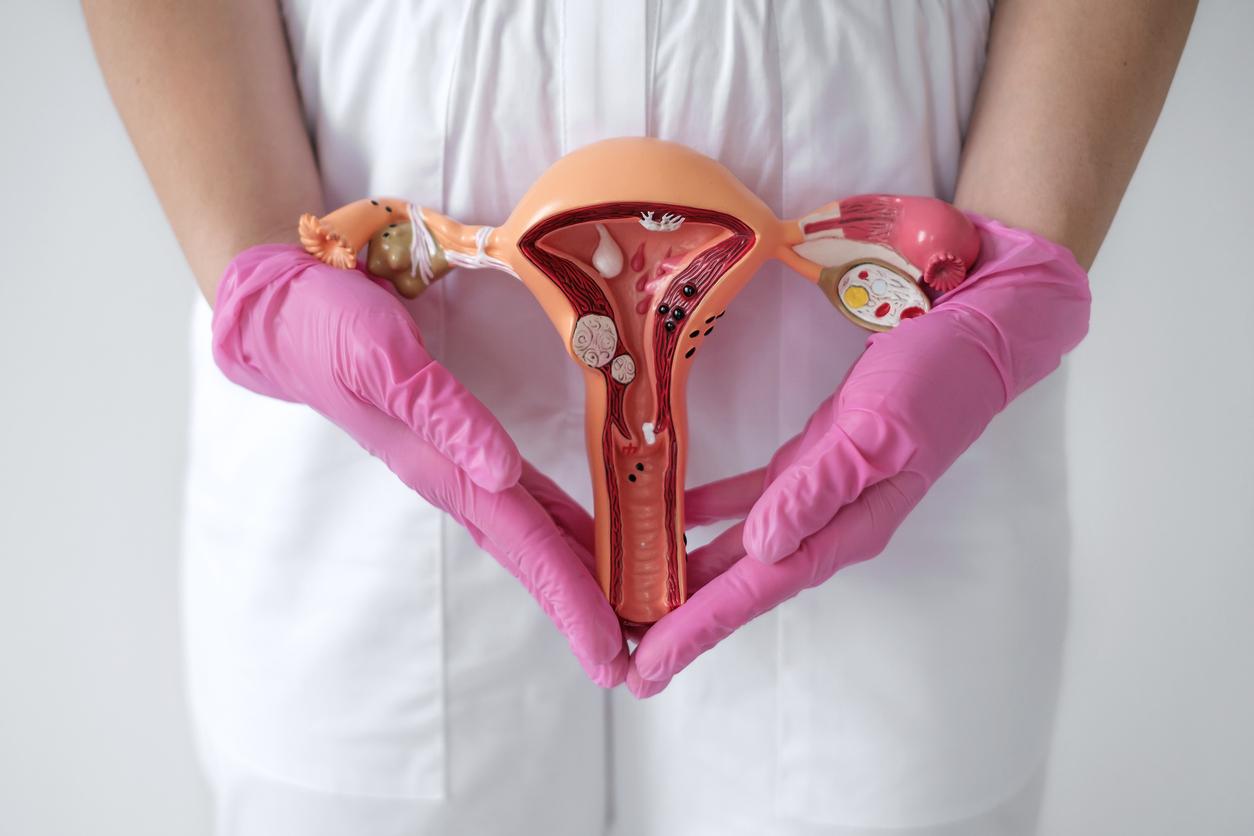Nantcy Leone, journalist and author, has endometriosis. She looks back on her journey, from medical wandering to PMA (medically assisted procreation), on the occasion of the release of her book Endometriosis, PMA, how to better live your journey, published by Fauves Éditions.

- 2 to 4 million women suffer from endometriosis in France (180 million worldwide).
- The symptoms of the disease are different in different women. They include many pains including dysmenorrhea (painful menstruation), dyspareunia (pain during intercourse), frequent pelvic pain, painful defecation, difficulty urinating (dysuria), abdominal pain, etc.
- Chronic fatigue and infertility are also two disorders that can affect these women.
Fatigue, pelvic pain, dizziness, fainting… The first “real” menstrual cycles, which appeared around the age of 14-15, were a real ordeal for Nantcy. “Like my mother and my grandmother, I have always suffered during my periods. So I thought it was normal, and that it could be hereditary. “Bad luck,” as they say.” The doctors consulted tell him that these symptoms are normal and that there is nothing to worry about. “He simply prescribed me painkillers, which did not relieve me much. No exam was offered to me. If I have performed a few pelvic ultrasounds as part of a simple medical check-up in the past, nothing seemed abnormal.”
“According to what I ate, my belly swelled abnormally and my digestion was very long”
But over the years, new symptoms appear: dyspareunia (pain felt during and after sexual intercourse), chronic fatigue, anemia, bleeding periods, neuropathic pain, migraines…”I began to suffer well before my period, during and even after. According to what I ate, my belly swelled abnormally and my digestion was very long.“Nantcy then asks more and more questions. “Deep down, I knew there was a malfunction. But when I talked about it, I was always told that it was normal, that I was certainly more cozy than the others and that there was not much to do … except take painkillers and wait let it pass. So I said to myself that the problem was perhaps me, that it was in my head. This feeling of guilt never left me. I thus trusted medicine, often considered as gospel. I told myself that the diagnoses of the experts had undoubtedly much more relevance than my feelings”, she laments.
Medical wandering: “Too many women suffer for years”
It was not until the age of 35, in 2019, during a fertility check-up after three years of unsuccessful attempts to have a child naturally, that the diagnosis was made: Nantcy suffered from ovarian endometriosis and deep. “This medical wandering (7 years on average and often much more) is unbearable! Too many young women and women suffer for years without really knowing why. This affection, although discovered in 1860, remains, even today, mysterious and enigmatic. It was only added to the medical program in 2020! A very large proportion of health professionals are therefore not trained in it.”
Endometriosis is a disease that affects more than one in ten women. “No matter how much I raised the subject with different experts during the previous years, I always got the same answer. “But no Miss, endometriosis is the new fashionable disease, everyone thinks they have it. But don’t worry, your endometrium is perfect! “However, I had inquired on my side and had realized that I was accumulating a lot of symptoms. Despite this, I had to struggle and consult various gynecologists so that I was finally prescribed an MRI, which is the examination par excellence to detect this pathology. Endometriosis is barely detected by ultrasound, especially if the lesions are deep.”
“I thought for a long time that this invisible disease was depriving me of becoming a mother”
If neuropathic pain and physical fatigue are difficult to manage on a daily basis, it is above all infertility that is hard to take for someone who dreams of starting a family. “I want more than anything to be a mom one day. I thought for a long time that this invisible disease was depriving me of becoming a mother. I experienced it as a punishment. Not to mention the guilt that this engenders: “I can’t offer a family to my spouse, I’m useless…”. Looking back, I think I was putting way too much pressure on myself and punishing myself. When I started the PMA course, I didn’t know what to expect. It’s a real emotional tsunami that I was not prepared for. I faced it as best I could, with the resources I had in my possession. I tested new things to calm myself down (meditations, hypnosis, etc.).”
Endometriosis: “At first, we don’t know who to turn to, or where to find support”
After the announcement of her diagnosis, the journalist also decides to write a book to testify and try to help other women in her case. “If we are starting to talk more about endometriosis in the public square, the information and the follow-up offered are still very weak. At first, you don’t know who to turn to or where to find support. So I wanted to testify and bring as many solutions as possible to the patients. It is through my various research and interviews with multiple experts that I was able to learn more about endometriosis, adenomyosis – which I also have – and the management of PMA. I walked in my path and in the understanding of these affections over the writing of the pages of my interactive book.”
Food, alternative medicine, yoga… In his book Endometriosis, PMA, how to better live your journey, published by Fauves Éditions (L’Harmattan group), Nantcy addresses various methods tested to soothe pain and manage stress and anxieties. And to share his laughter, his fears, his suffering or even his moments of madness, go to his dedicated Instagram page – @mieux_vivre_endo_pma – “where the book continues to be written”.








